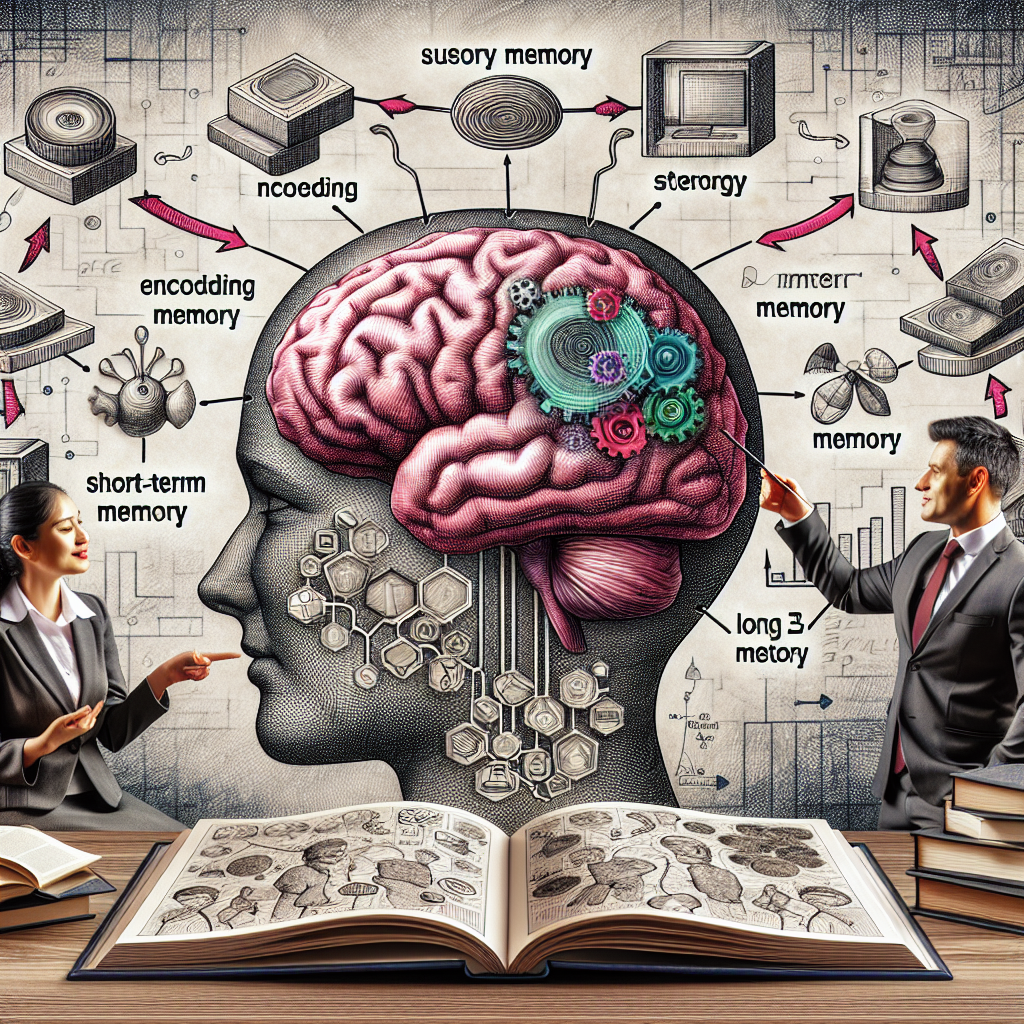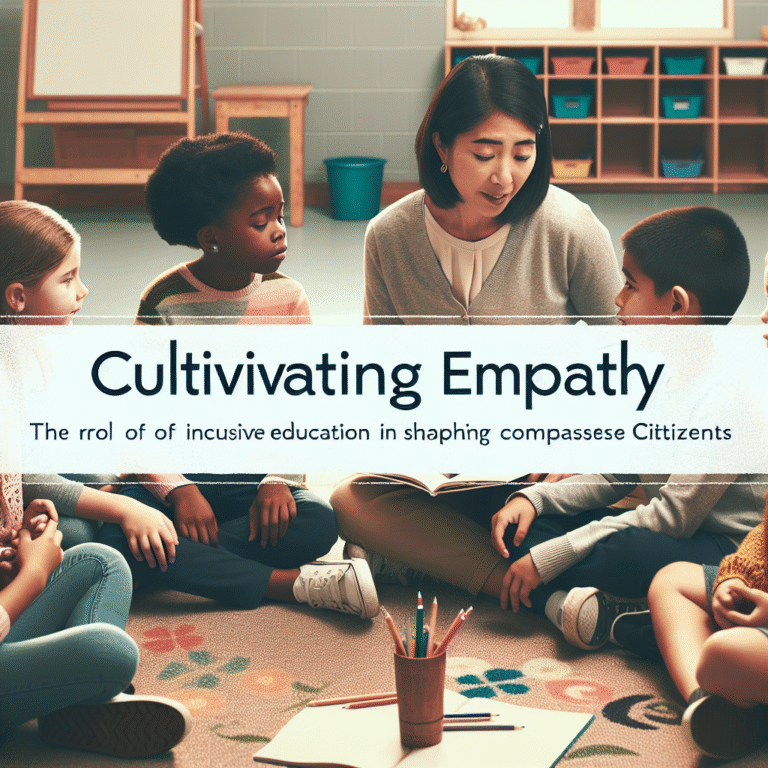
Introduction
In a world brimming with information, understanding how we process it is more critical than ever. The Information Processing Model Explained: A Comprehensive Guide serves as your roadmap to navigating the complexities of cognition. This model illuminates how we acquire, store, and retrieve information, shaping our decision-making and problem-solving abilities. Whether you’re a student eager to optimize your learning strategy, a teacher looking to enhance classroom engagement, or a professional hoping to better understand how to communicate effectively—this article is tailored for you.
Understanding the information processing model is not just an academic pursuit; it’s a necessity in our information-saturated age. By delving into this guide, you will gain valuable insights that will undoubtedly transform how you think, learn, and interact with the world around you.
The Basics of the Information Processing Model
What Is the Information Processing Model?
At its core, the Information Processing Model describes how humans process information similarly to how computers do. Essentially, it breaks down mental functions into a series of steps—input, processing, storage, and output. Here’s a quick breakdown of each stage:
- Input (Encoding): This is the initial stage where information is received through our senses.
- Processing (Storage and Manipulation): Here, the information is organized, sorted, and interrelated.
- Storage: This stage involves retaining information in our memory for later retrieval.
- Output (Retrieval): The final step is the retrieval of stored information when needed.
Quick Comparison: Human Brain vs. Computer
| Feature | Human Brain | Computer |
|---|---|---|
| Input | Senses (sight, sound, etc.) | Keyboard, mouse, sensors |
| Processing | Neural connections and pathways | CPU (Central Processing Unit) |
| Storage | Biological memory | Hard drive and RAM |
| Output | Thought and speech | Display and sound |
The Stages of Processing Information
1. Encoding: The First Impression
Encoding is the gateway to processing. It influences how effectively information will flow through the subsequent stages. There are three primary coding methods: visual, acoustic, and semantic.
Case Study: The Role of Encoding in Learning
Consider a study conducted at Stanford University, where two groups of students were presented with the same set of information. One group employed visual encoding—making diagrams and charts—while the other used rote memorization. The results showed that the group that engaged in visual encoding had a 30% higher retention rate. This reinforces the ideal that effective encoding strategies can significantly enhance information retention.
2. Storage: Keeping It Safe
Our brains categorize information in the short-term and long-term memory systems.
- Short-term Memory: This system holds a small amount of information temporarily—typically for 20 to 30 seconds.
- Long-term Memory: Information can be stored indefinitely, ranging from hours to decades, and is often organized for easy retrieval.
Analysis of Storage Mechanisms
The way information is stored can determine how easily it can be retrieved. For example, information stored using associations (like mnemonics) often leads to more efficient recall. Compression techniques in long-term storage enhance the capacity to recall when needed, signifying the power of organization in memory retention.
3. Retrieval: The Golden Key
Retrieval is the final stage of processing and is critical for the application of knowledge. Effective retrieval strategies can include:
- Cues and Triggers: Associating new information with established memories improves retrieval.
- Practice and Rehearsal: Repeated exposure reinforces retrieval pathways.
Case Study: The Impact of Retrieval Practice
In a study by Roediger and Butler, students who practiced retrieval (quizzing themselves) performed better than those who simply reviewed notes. This demonstrates that the act of retrieval itself strengthens memory, showcasing the dynamic nature of the Information Processing Model Explained: A Comprehensive Guide.
Real-World Applications of the Information Processing Model
In Education
Teachers can utilize the insights from the Information Processing Model to craft more effective teaching methods. For instance, incorporating varied encoding strategies can enhance student engagement and information retention.
Practical Tips for Educators
- Use multimedia presentations to engage multiple senses.
- Encourage active learning through discussions and group activities.
In the Workplace
Understanding how employees process information can lead to improved team communication and decision-making.
Corporate Example
Companies like Google integrate principles from the Information Processing Model to train their staff. Workshops focused on effective information retrieval can foster an environment of continuous learning and growth.
In Everyday Life
Understanding these processes can help individuals optimize their learning strategies, whether in academics or personal development.
Tips for Personal Use
- Break information into smaller chunks for easier encoding.
- Create visual aids to help store and retrieve information effectively.
Current Trends in Information Processing
The Role of Technology
With the rise of artificial intelligence and machine learning, understanding the Information Processing Model has become more nuanced. Algorithms mimic human cognitive processes, leading to enhanced applications in various fields.
The Cognitive Revolution
Recent advancements have redefined our understanding of cognition and memory, encouraging further exploration of how these principles can be applied more broadly in contexts like mental health and educational reform.
Conclusion
The Information Processing Model Explained: A Comprehensive Guide has illuminated the intricate processes that underpin how we think, learn, and interact with the world. By understanding these stages—encoding, storage, and retrieval—you empower yourself to become a more effective learner, educator, or leader.
As we navigate an increasingly complex information landscape, leveraging these insights will not only enhance personal and professional growth but also foster a more collaborative and informed society. Embrace these strategies today, and watch how your mind transforms the wealth of information surrounding you into actionable knowledge.
FAQs
1. What is the Information Processing Model?
The Information Processing Model describes how individuals receive, process, store, and retrieve information, resembling how computers operate.
2. How can I improve my encoding strategies?
Utilize varied methods, such as visual aids, associations, or context-based learning to enhance encoding.
3. What are the differences between short-term and long-term memory?
Short-term memory holds information temporarily and is limited in capacity, while long-term memory can store vast amounts of information for extended periods.
4. How does retrieval practice improve memory?
Engaging in retrieval practices, like self-quizzing or discussions, strengthens memory associations and enhances recall abilities.
5. Can technology aid in information processing?
Yes, technology such as AI and digital tools can enhance information retrieval and processing methods, improving overall efficiency in learning and communication.
The Information Processing Model Explained: A Comprehensive Guide equips you with crucial insights into the mechanisms behind cognition. By applying these principles in various facets of life, you can enhance not only your understanding but also your ability to harness the power of information effectively.

















